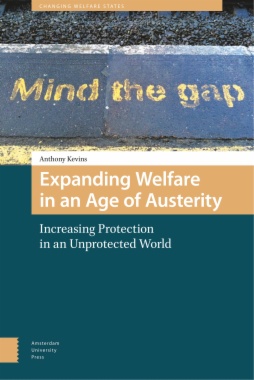In recent decades, and particularly since the financial crisis, continental Europe has seen an increasing gap between those workers who have well-protected, good-paying jobs with strong benefits and those who work lower-quality, nonstandard jobs, or who have no regular work at all. This situation would seem to call for increased spending on the social safety net, yet governments throughout the region have instead been turning to austerity. In the face of that reality, the options for helping disadvantaged workers are to extend coverage through re-allocating the benefits given to higher-level workers, maintain the benefits of the well-off as the number of outsiders continues to grow, or simply ignore the problem. This book asks why different nations have taken different tacks in handling-or not handling-this problem.

